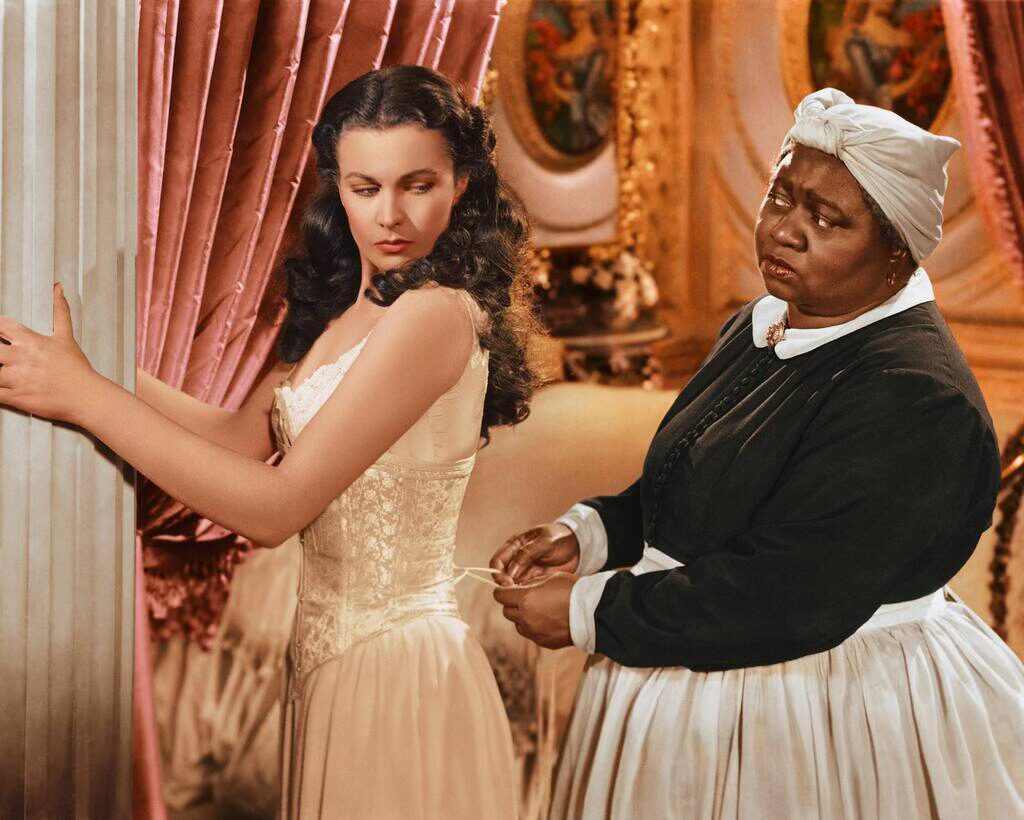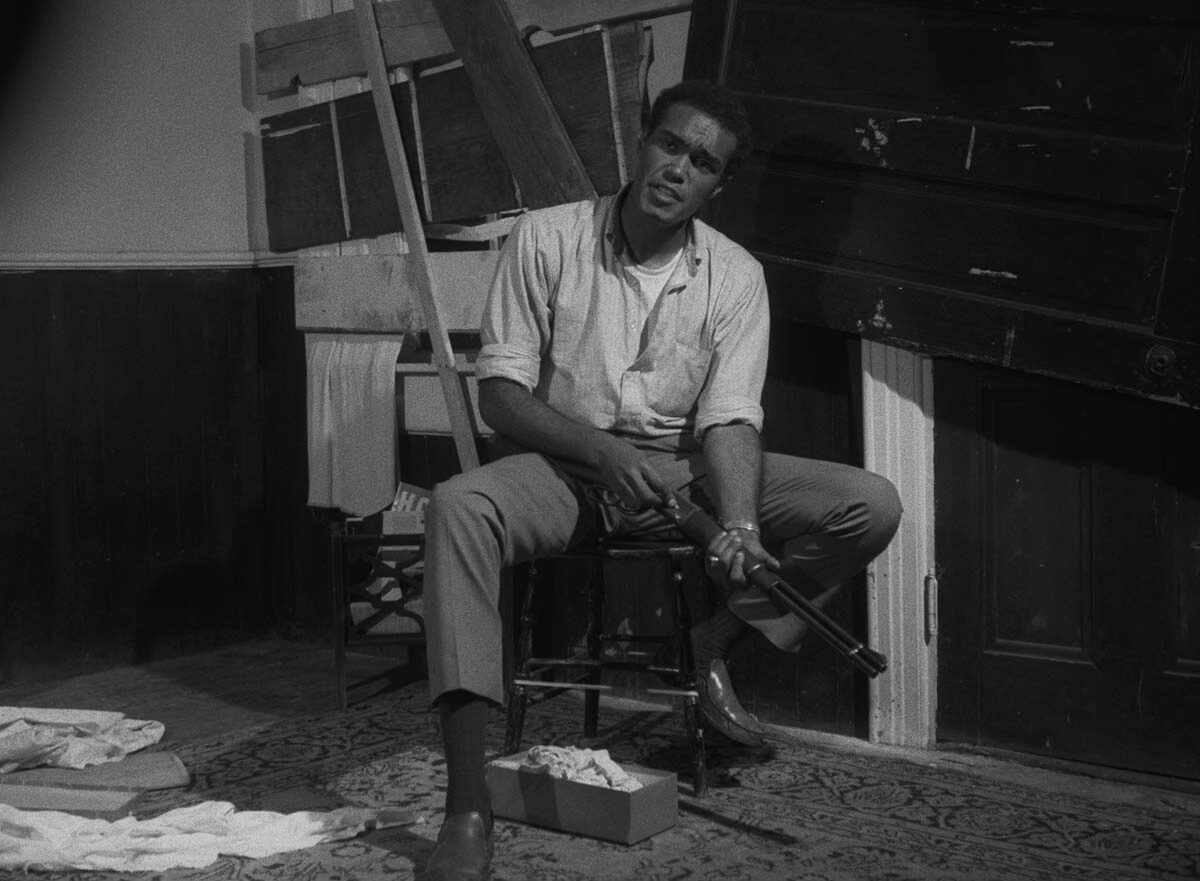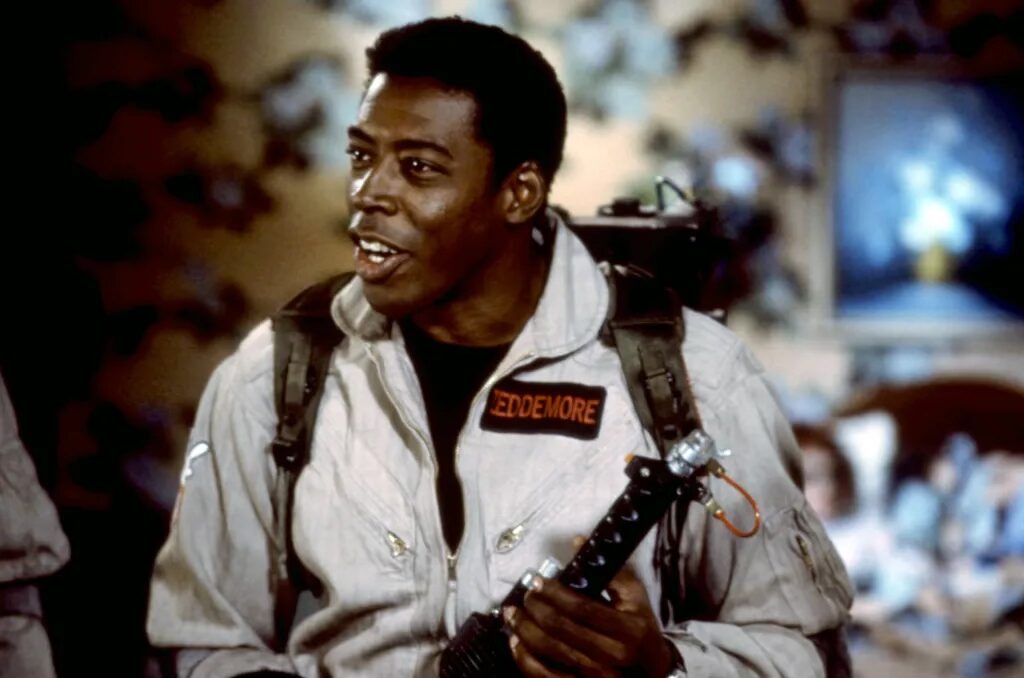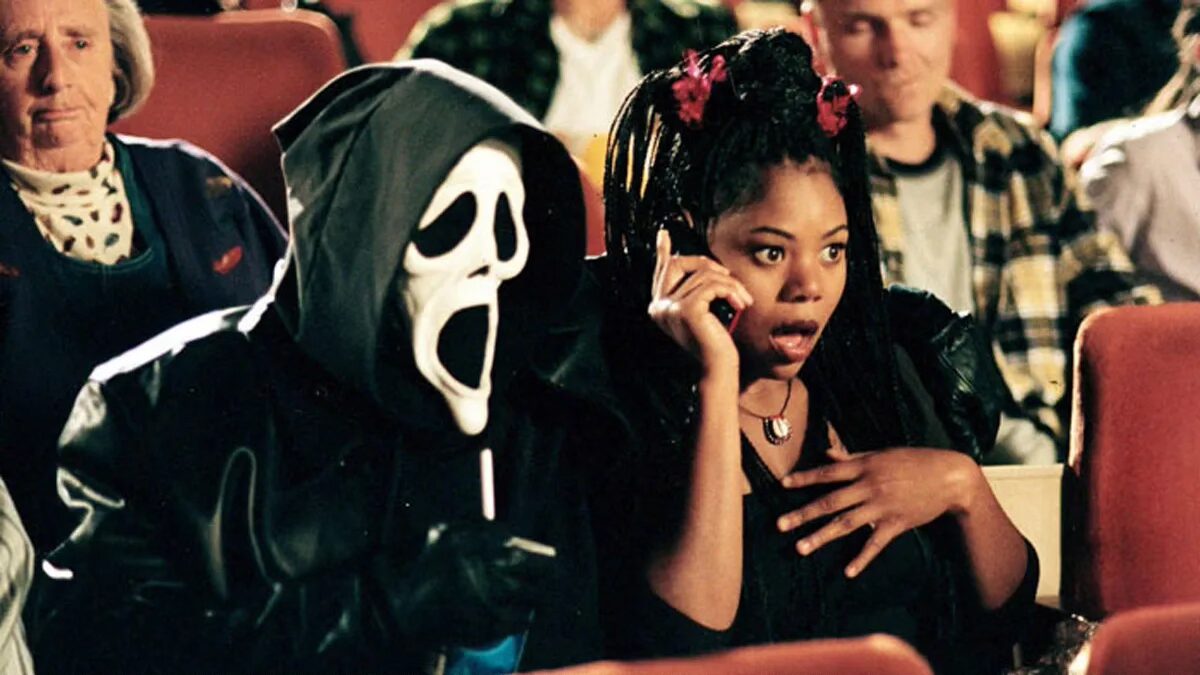Explore why the trope “the Black guy always dies first” persists in pop culture, its origins in horror films, and its impact on cultural representation.
“The Black guy always dies first.” This phrase, often repeated on social media or in discussions about horror and action films, has become a stubborn pop culture cliché. But what does this idea truly reveal? Is it a reality based on facts or an exaggeration fueled by a few notable but isolated examples? Why is this trope so deeply embedded in collective imagination, and what are its implications for the representation of Black characters in cinema?
To answer these questions, we dive into cinema history, analyze the facts, and explore the social, historical, and cultural reasons behind this stereotype’s persistence.
I. Historical background: The evolution of Black roles in cinema
1. Hollywood’s Golden Age and minority exclusion

In the early decades of Hollywood, Black characters were rarely featured, and when they were, it was often in degrading or caricatured roles. Films of the 1920s and 1930s frequently used racial stereotypes to reinforce a white-centric, conservative vision of America.
Lead roles were exclusively reserved for white actors, while Black characters were relegated to servant roles, comic relief, or villains. In this context, their survival in horror or action plots wasn’t even a question—they were largely absent from these genres.
2. The 1970s-80s: The Blaxploitation era
The 1970s saw the emergence of Blaxploitation films, fueled by the civil rights movement and growing African-American activism. These films featured Black heroes in violent, rebellious, and anti-establishment narratives. While these central characters escaped the “early death” trope, their survival often hinged on stereotypes of brute strength or hypersexualization.
In mainstream horror cinema, Black characters began to appear but were mostly secondary figures sacrificed for suspense. George Romero’s Night of the Living Dead (1968), where the Black hero Ben is the last survivor, stands as a rare exception.
3. Les années 90-2000 : Une représentation ambiguë
Subsequent decades saw the trope gain traction. Films like Scream 2 (1997) or Jurassic Park (1993) portrayed Black characters dying early, reinforcing the notion that they were expendable.
However, notable exceptions such as the titular hero in Blade (1998), and Black characters in Deep Blue Sea (1999) or Alien (1979), showed that the cliché wasn’t universal. These examples demonstrate that Black characters could survive and even lead narratives.
II. Analyzing the trope: Separating fact from fiction
1. Breaking down the statistics
The idea that “the Black guy always dies first” is largely exaggerated. Analysis of horror films from the 1970s to today shows that this claim doesn’t hold up statistically. In iconic franchises like Halloween (1978), Friday the 13th (1980), or A Nightmare on Elm Street (1984), Black characters rarely die first—if they appear at all.
A review of over 2,000 American horror films from the 1980s found fewer than 10 notable cases where a Black character dies first, including Gremlins (1984) or Demons (1985). These isolated cases, while memorable, don’t establish a general rule.
2. The real trope: “The Black guy always dies”
While “the Black guy always dies first” trope is statistically unfounded, it reflects a broader reality: Black characters often die in horror and action films. This trend stems from their frequent relegation to secondary roles. In genre films, which rely on gradually eliminating characters, secondary roles are often the first to go.
In films like Predator (1987) or Deep Blue Sea, Black characters rarely die first but almost always meet their demise, reinforcing their perceived expendability compared to white protagonists.
3. The impact of popular films
The cliché’s prominence in popular imagination stems from a few high-profile films. Scream 2 or Jurassic Parkpopularized this trope by killing off Black characters early. Despite being outliers, these examples had an outsized impact due to their large audiences.
III. Why does this trope persist?
1. Systemic racism and economic logic
One key reason lies in Hollywood’s systemic racism. For decades, lead roles were reserved for white actors, while Black characters were often confined to secondary, stereotypical roles.
In horror films, this dynamic translated into a tendency to sacrifice Black characters for dramatic effect. This choice was also driven by economic factors: Black actors, often paid less, were easier to write off in low-budget narratives.
2. The symbolic role of Black characters
Black characters in horror and action films often serve a symbolic function, reflecting racial tensions or societal fears. Their violent deaths often act as a form of catharsis for predominantly white audiences.
In films like Candyman (1992), the Black killer embodies both a threat and a tragic figure, illustrating the ambivalence of Black representation in pop culture.
3. Tokenism and ethnic quotas

With the introduction of ethnic quotas in the 1980s and 90s, Black characters became more frequent in mainstream films. However, their roles were often symbolic rather than substantive, leading to their expendability for suspense or dramatic tension.
IV. Recent progress and remaining challenges
1. The rise of Black heroes
The 2010s marked a turning point with films centered on strong, complex Black characters. Jordan Peele’s Get Out (2017) subverted horror tropes by placing a Black hero at its core. The film demonstrated that Black characters could survive and thrive while addressing modern racism.
Similarly, Black Panther (2018) showcased the commercial and critical success of a predominantly Black cast leading an epic narrative.
2. Persistent stereotypes in certain genres
Despite progress, B-movies and exploitation films continue to replicate these clichés. These low-budget productions, often less culturally nuanced, perpetuate the idea of Black characters as disposable.
3. Pop culture mocking itself

Some films and series now use “the Black guy always dies first” trope as meta-commentary. Scary Movie (2000) or The Cabin in the Woods (2012) play with this trope to highlight its absurdity and criticize it. These works help deconstruct the stereotype while entertaining audiences.
Beyond the tropes
“The Black guy always dies first” cliché is more myth than fact, but it reflects decades of underrepresentation and stereotyping in cinema. While progress is being made, much remains to be done to ensure meaningful and diverse representation in popular narratives.
Beyond classic tropes, creating rich, complex, and multidimensional Black characters capable of surviving, thriving, and telling their own stories is crucial. Ultimately, pop culture’s purpose is not just to reflect society but to inspire it to evolve.
